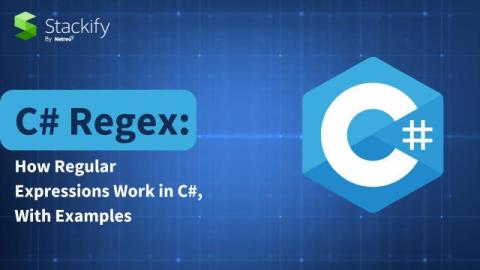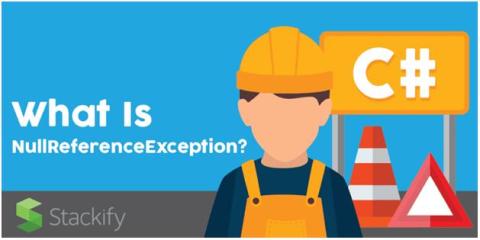How Log4J2 Works: 10 Ways to Get the Most Out Of It
Log4j2 is the updated version of the popular and influential log4j library, used extensively throughout the Java ecosystem for so many years. Version 2.x keeps all the logging features of its predecessor and builds on that foundation with some significant improvements, especially in the area of performance. And of course, given how instrumental logging is for any application, both for audit and debugging purposes, choosing a solid logging library is quite an important decision.











